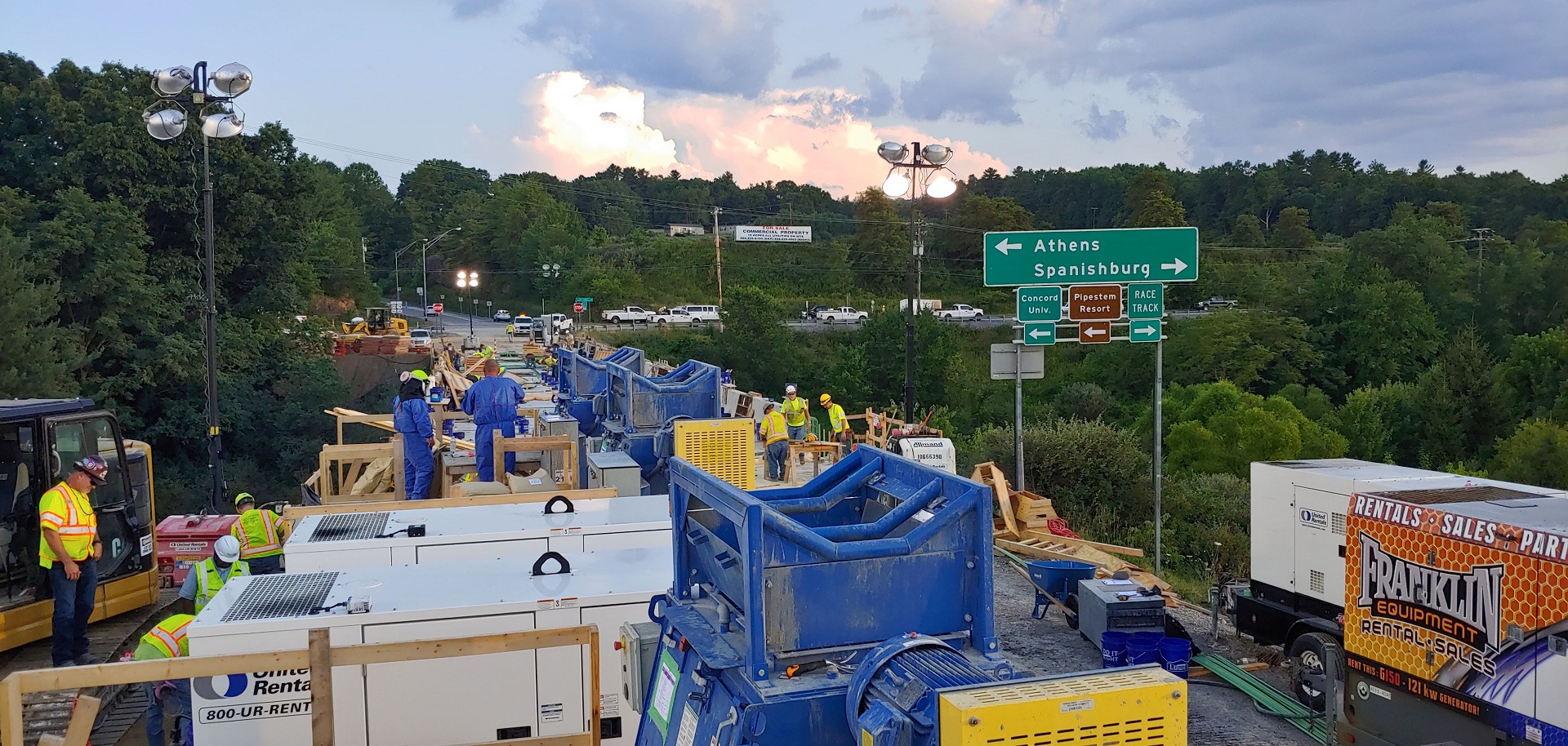Our Net Zero Goal
Concrete is the foundation of just about everything. In fact, it is the most widely-used man-made product on earth. Over 4 billion tons of concrete get produced each year – that is about 3 tons of concrete for every person in the world! Without concrete the world we are living in today would not exist: concrete serves as a cornerstone for all buildings and infrastructure including roads, bridges, tunnels etc.
However, the worldwide cement and concrete industries are also among the heavy polluters impacting the environment and our lives. It is estimated that cement-related emissions will have to fall by at least 16% by 2030, and by far more after that, if nations are to meet the 2015 Paris Climate Accord target of staying below 2°C of warming this century. Until the overall emissions are cut worldwide, the environment will continue to be polluted with over 4 billion tons of carbon dioxide annually due to this industry.

Although “cement” and “concrete” are often used interchangeably, concrete is actually the final product made from cement. The primary component of cement is limestone. To produce cement, limestone and other clay-like materials are heated in a kiln at 1400°C and then ground to form a lumpy, solid substance called clinker; clinker is then combined with gypsum to form cement.
The concrete used today for buildings, roads, bridges and dams is a combination of cement, steel and aggregates.
Cement and steel production combined with transportation are responsible for over 40% of CO2 emitted globally today! Cement production is highly energy- and emissions-intensive because of the extreme heat required to produce it. Producing a ton of cement requires 4.7 million BTU of energy, equivalent to about 400 pounds of coal, and generates nearly a ton of CO2. At the same time, the amount of CO2 emissions from steel manufacturing is almost double the amount of steel created: 1.85 tons of carbon per 1 ton of steel!
The way to a carbon-neutral building industry will be long and difficult. Fortunately, basic technologies do exist and can be adapted to reduce the amount of cement and steel in concrete. Sand can be replaced by recycled materials in the future. In addition, by using rapid strength development concretes, the construction time can be shortened from years and months to months and weeks reducing the CO2 emissions generated by heavy traffic, on-site electricity generators, mixing equipment and others associated with construction.
The meantime between repair of concrete structures can be extended reducing the need for concrete and associated energy required for ongoing repairs. The useful life of structures can be adapted to their purpose and at the end of the useful life of a structure the original construction material can be recycled. This all will require the combined efforts of developers, private and public sectors, design engineers, architects, construction companies and building materials suppliers.
At ceEntek we take responsibility and accountability for the CO2 emission reductions through innovative green technologies & building materials. Our nano technology allows us to optimize the features of Ultra-High Performance Concrete based on application requirements. We create building materials that reduce the volume of concrete required, reduce the amount of steel, shorten the overall construction cycles, and increase the useful life of structures that can ultimately be fully recycled.
Effective immediately, we are implementing a Net Zero Plan with a target to reach net-zero CO2 emissions by 2035. We invite our suppliers, partners and competitors to join us on this mandatory and exciting journey.

Our Commitment
Our climate is changing. The world is warming. Sea levels are rising faster than ever. Extreme weather is becoming more frequent and more intense. The science is clear, human action is to blame. The latest Intergovernmental Panel On Climate Change report has been released and its findings are shocking! In the last 30 years we’ve released almost as much greenhouse gas into the atmosphere as humans did throughout our entire history up until 1990…
What matters now is trying to limit the pace of global warming and the intensity of those extremes. Deep cuts in greenhouse gas emissions must be made in the coming decades to reach net-zero emissions by around 2050 and negative carbon dioxide (CO2) emissions after that.
Our commitment is to build a lasting future by utilizing ceEntek’s Next Generation UHPC 2.0™ to improve the efficiency, sustainability, and durability of construction applications on a worldwide basis. We aim to achieve our commitment by reducing the quantities of concrete & steel used in the construction industry through broadening the acceptance of UHPC-type solutions/applications. We are also reducing the content of cement in our products with substitute materials like slag and fly ash.
UHPC 2.0™ is the special kind of material with unique compressive and tensile strength properties which allow to carry out typical construction/infrastructure repair projects much quicker with lower volumes of steel and concrete. By reducing the content of steel and concrete used in construction we contribute to lower carbon footprint associated with that industry. UHPC 2.0™ type solutions also increase the durability of the underlying structure; therefore, reducing the ongoing maintenance requirements and extending the useful life of the asset. This translates to lower CO2 emissions associated with ongoing repairs and results in higher longevity and lower cost of the UHPC 2.0™ – type solutions compared to regular steel reinforced concrete.
Find out more
